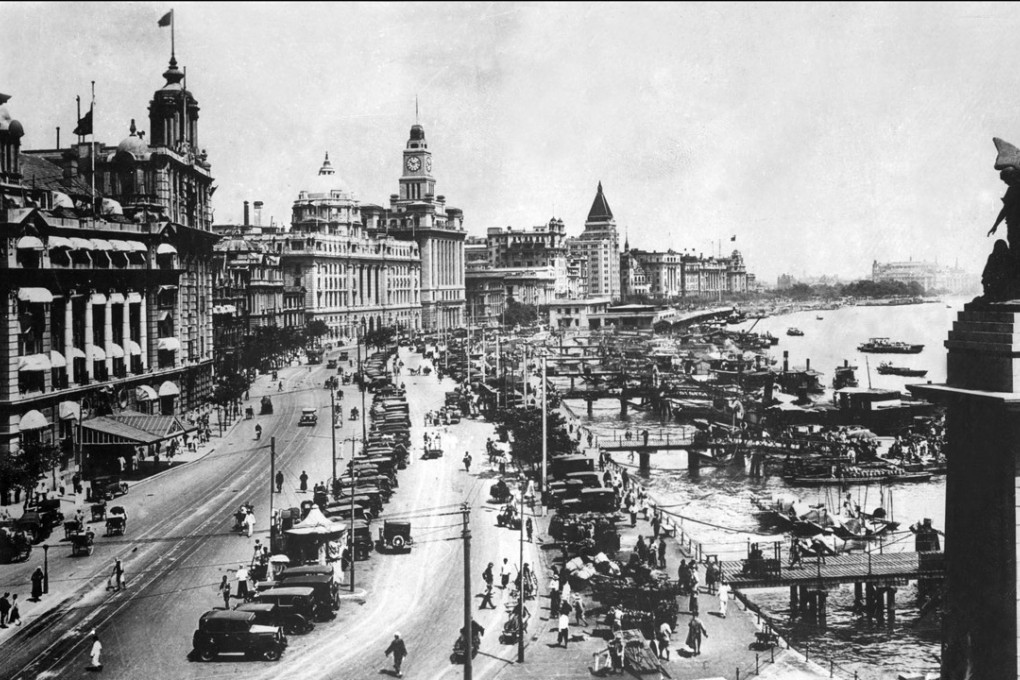The Sindhis of Shanghai: how an Indian diaspora cracked China
From the old Silk Road to the new one, there is one community of traders that has proved particularly successful. But then, perhaps they have an advantage: ‘Business runs in our genes’, they say

Daryanani, Lalwani, Malpani, Chatlani, Chandiramani. No matter where you might come across a Sindhi, their distinctive surnames make them easy to spot. The same is true even when they anglicise their first names, as they often do, in an effort to integrate in a foreign land, and Haresh becomes Harry and Kishan turns into Kenny. Although they remain unmistakably Sindhi, it is this ability to adapt that has seen this community, whose origins go back to Sindh province in Pakistan, succeed.
Today, the Sindhis of Shanghai and the neighbouring Yangtze River Delta are engaged in a wide range of businesses, from trading in apparel, textiles, daily use household products and plastics to machinery, pharmaceuticals, electronic products, and more. Most Indian traders outside Shanghai are in Yiwu, Keqiao, and Ningbo in Zhejiang province.
Yiwu, which lies about 100km from the provincial capital, Hangzhou, is easily the most famous of the three. Described as “the world’s largest wholesale market of general merchandise”, by the United Nations, it is a magnet for traders from around the world. At more than five million square metres, the Yiwu International Trade Mart is massive, spreading across the city centre, a one-stop destination for wholesale buyers of consumer goods. On a recent visit, ahead of India’s festive season, nearly everything needed to celebrate an Indian festival – including Hindu deities – was on sale in bulk.

Keqiao, the textile hub of China, is a county-level district within the Shaoxing municipality with a permanent registered residents’ population of 725,800 – and a migrant population of 876,000.